A Guide on CLP Labelling for Candles: What You Need to Know
A question that we see asked a lot within our community is “What is a CLP label, and do I need one?”
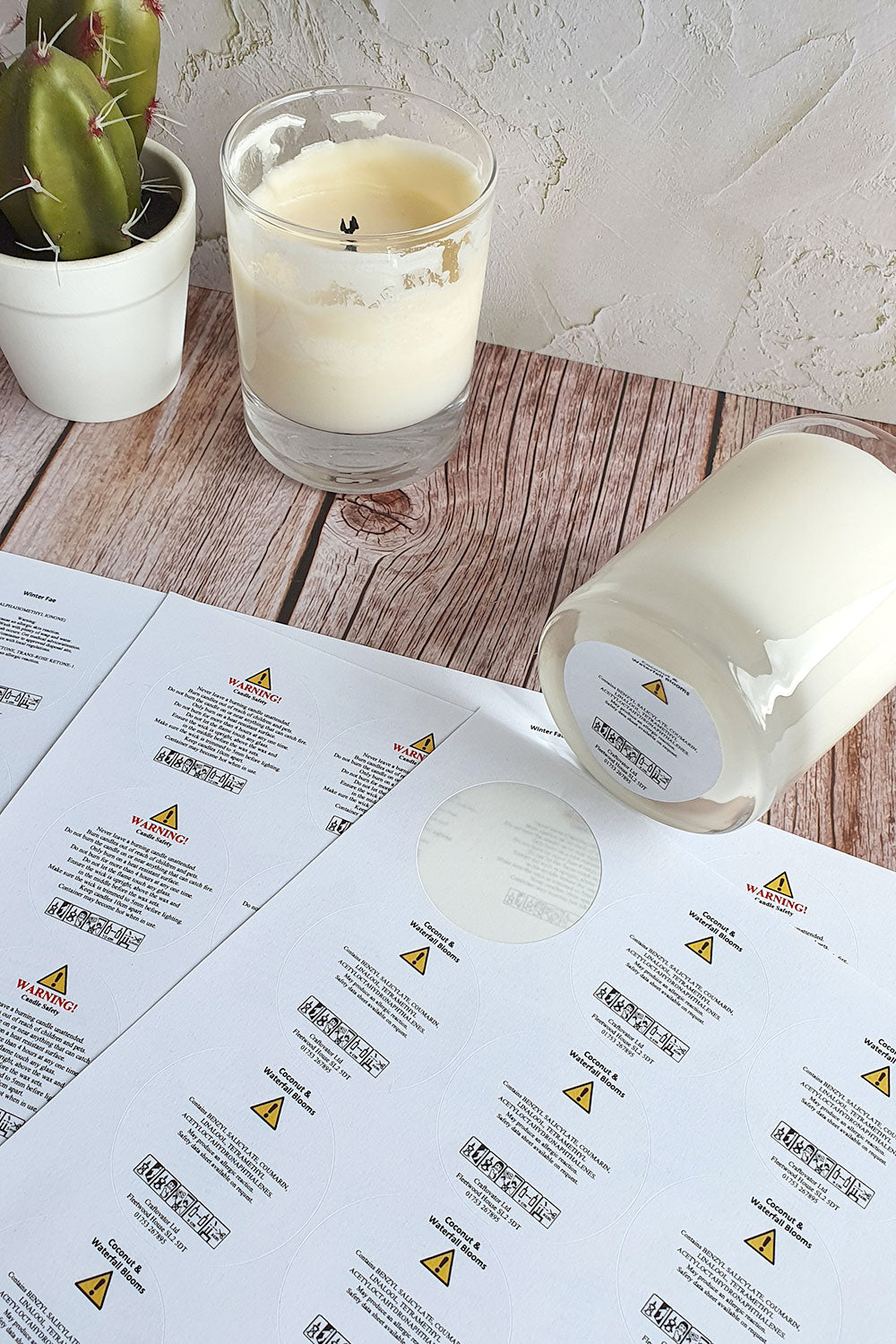
As a pending or current business owner, labelling your candles appropriately is very important! Not only because you could very well be breaking the law if it’s not done correctly, rendering any insurance you have invalid, but also the practice of having legally compliant labels on your products means that ultimately, customers are more likely to put their trust in you, which is what every business owner wants right from the start.
What does CLP in Candles Mean?
The practise that covers candle labelling in the UK is the EU’s Classification, Labelling and Packaging regulation – or CLP for short. This regulation came into effect on the 1st June 2015 and within its written legislation documentation stipulates that all new products with hazardous substances must be labelled accordingly.
CLP applies to a non-cosmetic product of any size containing a hazardous substance such as fragrance or essential oil and so, any scented candle, wax melt, room spray, reed diffusers and so on (basically any and all home fragrance products) would fall under this regulation.
If the candle is not classified, i.e., it doesn’t contain any hazardous ingredients such as fragrance or essential oil, then there is no requirement for it to be labelled in accordance with CLP regulations. The wax used in candles in non-hazardous, its simply the fragrance or essential oil that is the main concern where CLP would be taken into consideration.
Many ingredients within fragrance and essential oils are known to be eye or skin irritants and environmentally hazardous substances. If present at certain concentrations, they trigger various health or environmental warnings and precautionary statements as well as safety pictograms where necessarily needed.
It’s down to you, the maker of the end product to ensure that your candle labels are showing the correct information for the fragrance or essential oil used.
Getting the CLP labelling right is a crucial stage for getting your candle creations ready to be sold to the general public and on your way to earning money.
What is a Safety Data Sheet (SDS) and where does this come into CLP labelling?

Before moving on, you should also be aware of the ‘Safety Data Sheet’ (SDS for short) of every fragrance oil you’re using. This is essentially a safety document that determines ingredients and allergens in a particular mixture of fragrance or essential oil. It contains contact details of your supplier and other important safety information including potential hazards, information on handling the oil as well as storage and also emergency measures in the case of an accident.
Note: The SDS would be provided by your fragrance or essential oil supplier. It is your supplier’s responsibility for making these documents available and easily accessible.
In most cases, a Safety Data Sheet can be provided for 10% fragrance, as this is the maximum concentration that a candle can hold. If not, you may be able to get one provided to you at a small fee. It will also be provided at 100% concentration as standard as this is the concentration at which you will be handling the fragrance or essential oils as the maker.
With the SDS, you can technically create CLP compliant labels for your candles and although it is perfectly possible to learn this, it does take time, effort and specialist software to be able to do this successfully.
Luckily for you, your supplier may have already had a 10% CLP template calculated so that you’re ready to go, making your job that little bit easier. Once you have the CLP template, all you have to do is copy and paste the information to a label editor or other programme and edit it to show your company details and the relevant candle safety pictures.
Here at Craftovator we provide you with both the 100% SDS document and 10% CLP label template, free of charge. You will find this information on each individual fragrance oils page with a link to download.
Please Note: The information we provide is just the CLP elements required for your labels. You might also want to add safety information for your candle.
Remember that each of your candles must have a unique label based on the individual fragrance or essential oils used. Unfortunately, there is no universal CLP label.
An Example of a Candle CLP Label
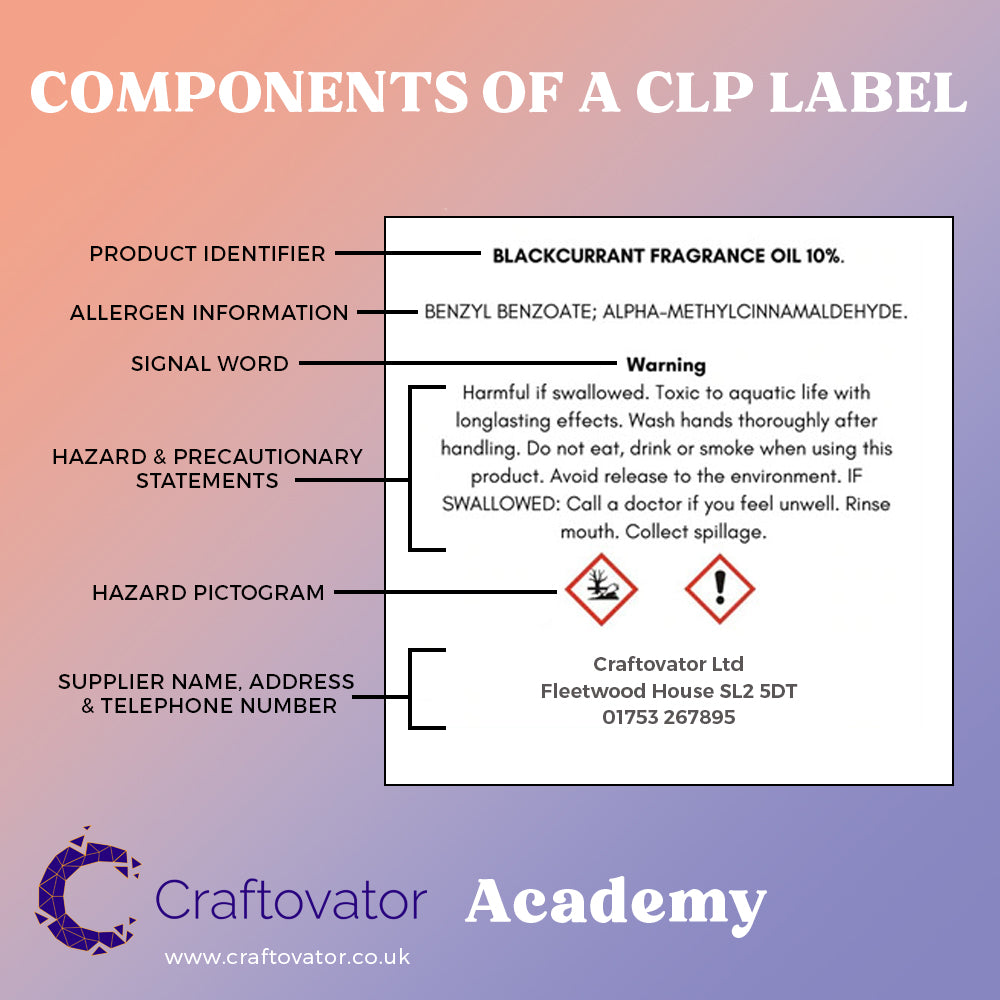
Here’s an example of a candle CLP label just to make things a bit clearer. The layout shows all the different components of a CLP label to include the following:
- Product Identifiers
- Warning or Hazard Pictograms
- Warning Statements
- Allergen Information
- Signal Words
- Precautionary Statements
- Supplier Information (your business name, address and contact details)
Remember however, that not all fragrance or essential oils will trigger warning pictograms, signal words or certain warning or precautionary statements. It will vary according to the individual fragrance used. If there are no pictograms present for the particular fragrance oil you’ve used, then a yellow warning triangle will need to be included. On CLP labels where the warning pictogram is present (the exclamation mark), this takes place of the yellow warning triangle.
Understanding What is Required of You
As a candle maker, you are entitled to obtain the SDS from your supplier for any fragrance or essential oil you use, which has been identified as being a hazardous substance.
If you’re selling your candles directly to your customers (the end user), you won’t need to supply the SDS, but you will need to ensure your candles are labelled correctly, according to CLP regulations. This label will give all the consumer information required.
If you’re not supplying directly to the end user (ie, your own customer) and are instead, supplying your candles within a wholesale arrangement to a hotel or physical shop where they will then be sold on, you will need to provide the SDS document for every fragrance or essential oil used in the candles you supply to them.
And remember if your candle isn’t classified as containing any hazardous substance, you won’t need a CLP label. So, if you have an unscented pillar candle, this would just require candle safety information.
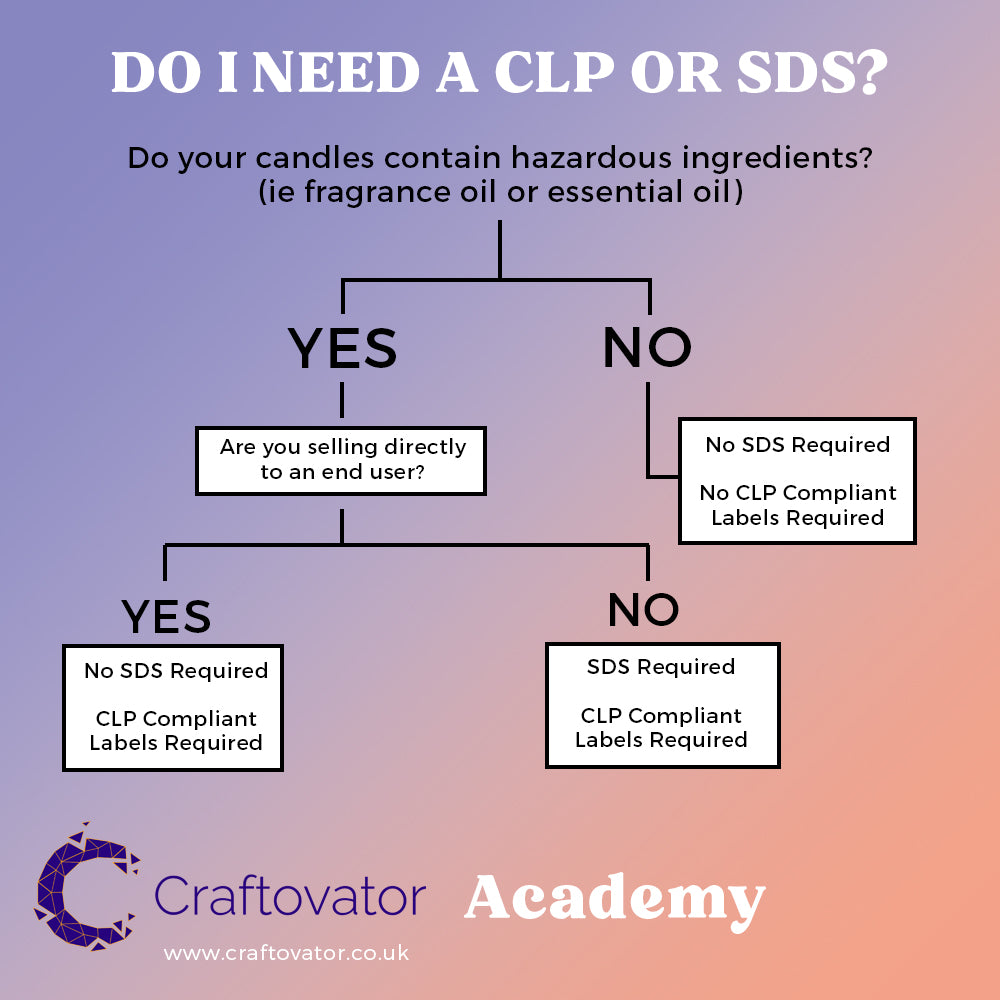
All the above information has been nicely summarised in the flow chart above.
Positioning Your Labels
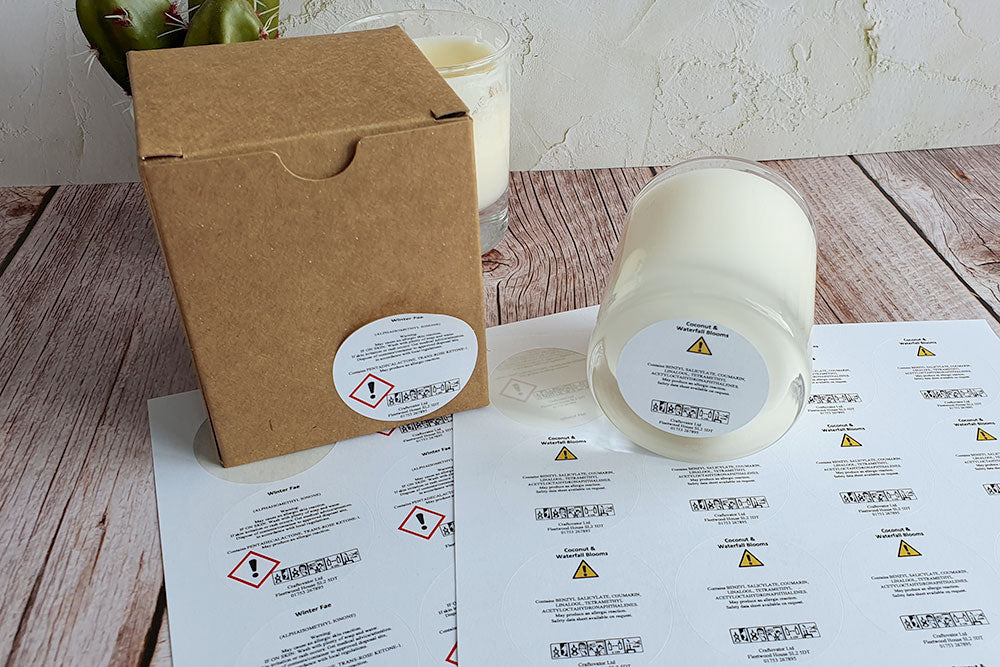
Your candles CLP label should be firmly affixed to the packaging that immediately contains the hazardous substance i.e., your candle glass. If you intend on then housing your candle in a gift box, the candles CLP label should also be placed on the outer of the box so it’s visible to customers without them having to touch the candle inside. Labels should be easily visible and readable horizontally when the package is placed in its usual position.
If your product is too small or has a funny shape, it still requires a CLP label however, there are certain exemptions in this instance. You can for example apply the CLP labels in alternative ways e.g. using ties or tags or fold out labels.
More details on this as well as further guidance can be found here.
Specifically sections 5.3 (pages 43-50) and 5.3.2 (pages 47-50).
Candle Safety Information

In addition to CLP labelling, candles must also have a candle safety label, providing general candle safety information. For example, having the statement “Never leave a burning candle unattended” and so on. These provide your customer with advice on what not to do with their candle which may result in injury if not adhered to.
See our guide here for everything you need to know regarding candle safety and warning labels.
Where Can You Find Additional Information?
Below are three very useful links to provide further information and understanding on CLP labelling and many other aspects surrounding the correct way to label your candles:
European Chemicals Agency (ECHA)
Health and Safety Executive (HSE)
The British Candlemakers Federation (BCF)
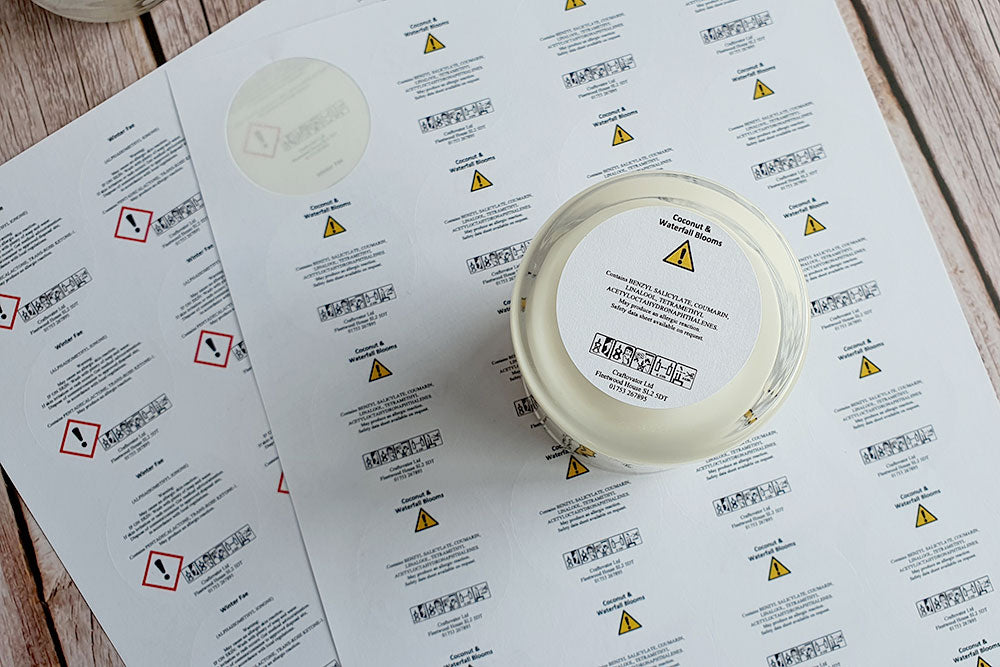
We hope this article helped clarify any misconceptions or uncertainties surrounding the correct labelling of your candle creations.
If you do have any concerns regarding your CLP labels, you can always get in touch with ourselves via email, telephone or our dedicated Facebook group, your local areas Trading Standards or the British Candlemakers Federation (BCF for short). Our dedicated team of moderators and customer service advisors would be more than happy to help should you wish to reach out to us directly.
Looking for more information on selling? Check out our Ultimate Guide to Selling Candles and Wax Melts for even more guidance on creating products to sell.
We are offering this advice and support to the best of our knowledge. This post is for guidance purposes only. Ultimately, it’s the business owner’s responsibility to conduct their own research and to make sure they have everything in place to be able to sell their products legally.
Make Your Next Candle With One Of Our Best Selling Fragrances
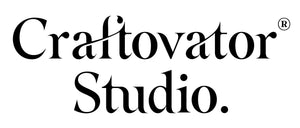



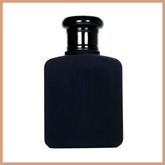
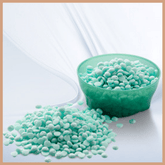


66 Comments
Amazing article
Leave a comment
All blog comments are checked prior to publishing